Volvo estates through the ages
Volvo announced towards the end of 2023 that it has stopped selling estate cars in the UK. It’s a bit like the ravens leaving the Tower of London, as it feels as if a pillar of the motoring world has crumbled. Luckily, thanks to Volvo being a stalwart of the wagon world for decades, there are still plenty around for us to choose from when you need a classic cargo carrier.
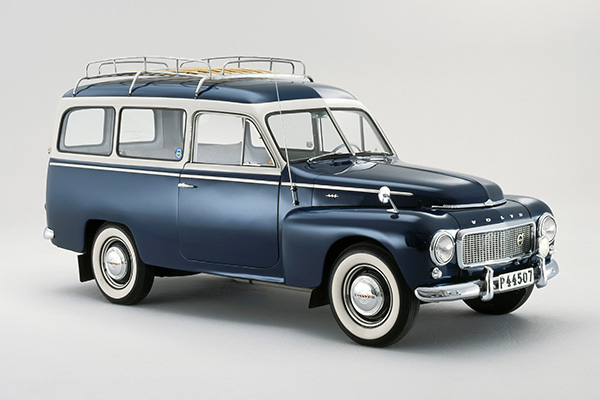
Volvo’s first proper estate car was the Duett, which was based the on the PV444 saloon and launched in 1953. It set the template for Volvo wagons to come with its straightforward approach and quickly earned a reputation for unerring reliability. Oddly, however, while the Duett may have looked much like the PV444 that had a monocoque body, the estate came with separate chassis and rather cruder leaf spring suspension in place of the saloon’s coil springs.
Such details didn’t seem to deter practically-minded buyers, who were soon filling the large load area with all sorts of good as the Duett found favour with shopkeepers and smallholders. The separate chassis also leant itself to the Duett being supplied to coachbuilders with just the cab attached. As a result, a number of pick-ups and larger van bodies were grafted on to the Volvo frame. Later in the car’s life, Swedish fans also found it made the ideal base for hot rods thanks to its tough construction and a rear axle able to cope with much more power than the original 1.8-litre four-cylinder motor’s modest power.
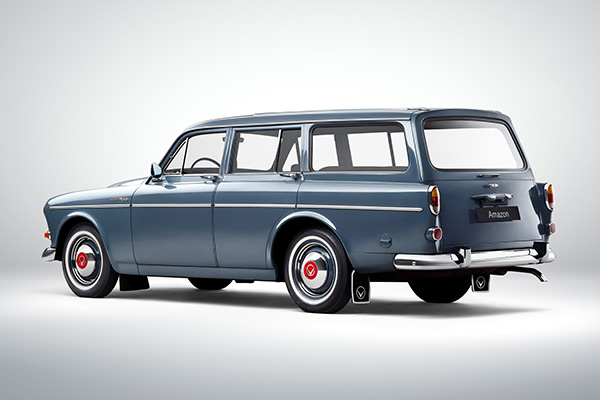
The same engine reappeared in the Amazon Estate that was launched at the 1962 Stockholm Motor Show. An altogether much more modern car, the P220 Amazon wagon shared its front end with the 120 saloon, taking their styling inspiration from US cars of the period. Round the back, the P220 made the most of its load carrying appeal with a horizontally split tailgate, which was a feature adopted by the Range Rover eight years later. This simple set-up allowed the upper glass portion to be left open when carting longer items, while the lower section could double as a seat or workbench.
A big difference between the P220 and its predecessor was the new car was very much a family estate rather than a commercial vehicle with windows. It quickly gave Volvo a clear identity with buyers, who associated the brand with estate cars from then on. It also helped the Amazon was just as resilient as its forebear and Volvo went on to sell 73,169 Amazon estates up to 1969.
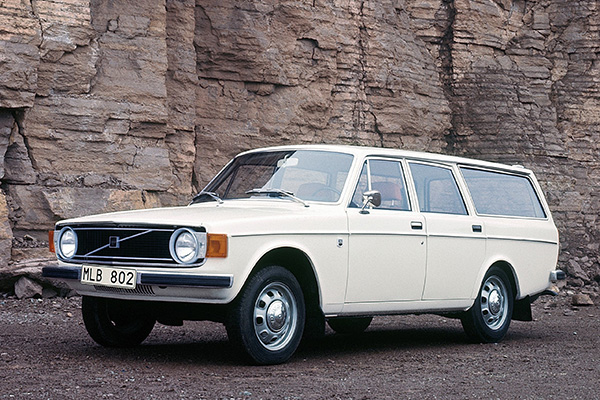
While the Amazon was still selling well, Volvo decided to add its new 145 model. This created an unusual crossover period for buyers where they could choose the traditional P220 or the new 140-series model. Plenty opted for the latest car, which was seen as a rival to the like of BMW and Mercedes in terms of quality and appeal. It also helped that these rivals did not offer an estate competitor to the Volvo, so the Swede had this part of the market almost all to itself.
There was a great deal to like about the 145 estate model in the 140-series line-up. The huge tailgate opened up to reveal a giant square box of a boot that offered more than two cubic metres of luggage room. With the rear seats tipped down, the cargo floor was completely flat, too, which is why so many antique dealers and builders used the Volvo as a workhorse. Customers could choose from 1.8- and 2.0-litre petrol engines, but sadly the 164’s 3.0-litre six-cylinder motor was never offered to the public as the ultimate Volvo wagon of the time. However, Volvo did build a single 165 estate to test the idea and it still survives.
With ruthless Scandi efficiency, the replacement for the square-jawed 145 was called the 245. It was clearly derived from the 140-series but came with greater refinement and more safety tech – another pillar of Volvo’s appeal by this stage. The wagon didn’t offer any more space, but there was a broader choice of engines with the option of a six-cylinder 2.4-litre diesel, a turbocharged 2.1-litre petrol and, at last, a six-cylinder motor courtesy of the Peugeot-Renault-Volvo collaboration on a V6 unit. This V6 was launched initially as a 2.7-litre but grew to 2.8-litres and could be coupled to an automatic gearbox to make light work of lugging family and luggage.
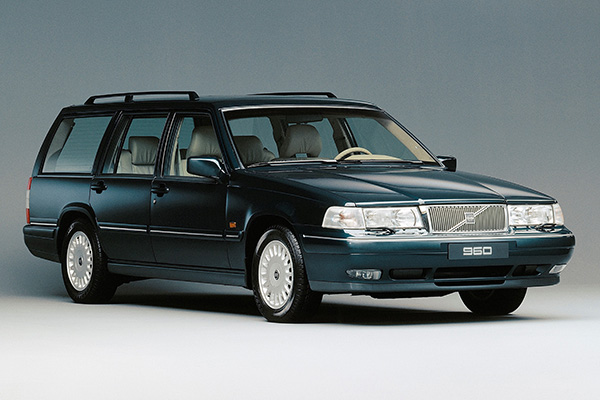
The 240-series of estates lasted from 1974 all the way to 1992, which meant it was on sale for longer than its 700-series sibling. The 740 and 760 estates were intended as more upmarket alternatives to the 240 and attracted buyers who might find a BMW 5 Series Touring a little racy and a Mercedes 300TE too pricey. An unerring focus on space and practicality meant Volvo customers remained loyal, while some then shifted even more up the line when the vast 900 range arrived in 1990 mixing supreme comfort, refinement and space with the option of surprisingly quick straight-six engines.
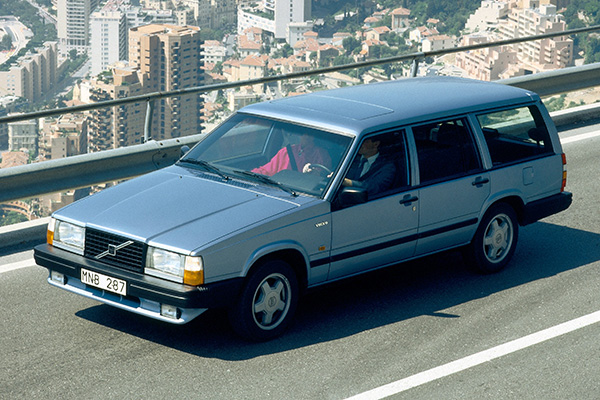
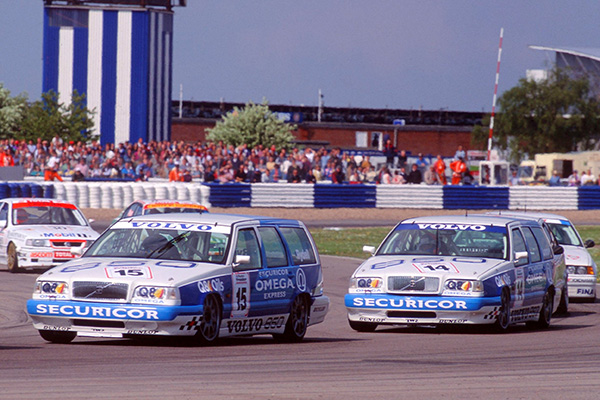
Yet revolution was in the air at Volvo and it made itself known when the 850 range broke cover in 1991 as a saloon and followed in 1993 by the estate. Not only did this new estate have some curves, it was also front-wheel drive. This was a big departure for Volvo’s more senior models, but it meant the 850 could be more compact on the outside while still creating enough room for an echo in the load area.
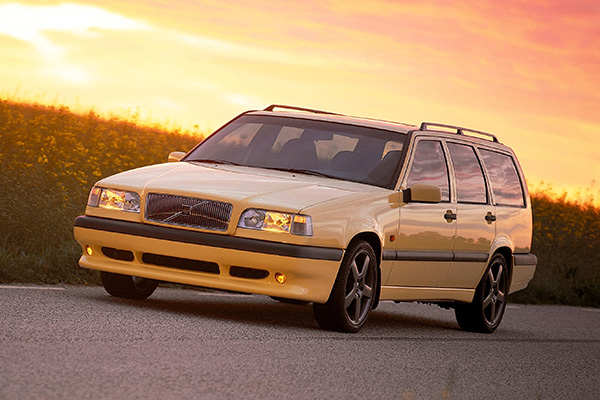
But more was to come in the shape of the T-5R with its 240bhp 2.3-litre turbocharged engine. Here was a hot rod estate that everyone wanted – the police and criminals included. It also saw Volvo compete in the British Touring Car Championship with an 850 Estate in 1994, albeit with a 2.0-litre engine to meet the regulations.
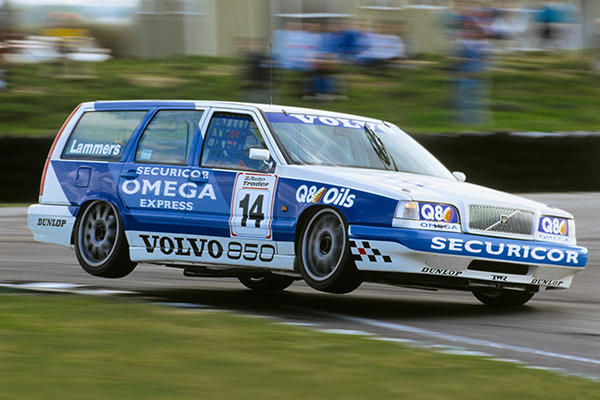
From there, Volvo never looked back as its image changed from sensible to sensational. The V70 ranges that followed were in a similar vein to the 850 with mainstream and performance models, while the Cross Country versions offered four-wheel drive and go-somewhere ability. All Volvo estates have ample space and just as much character, so grab one while you can for a bootful of classic fun.

COMMENT